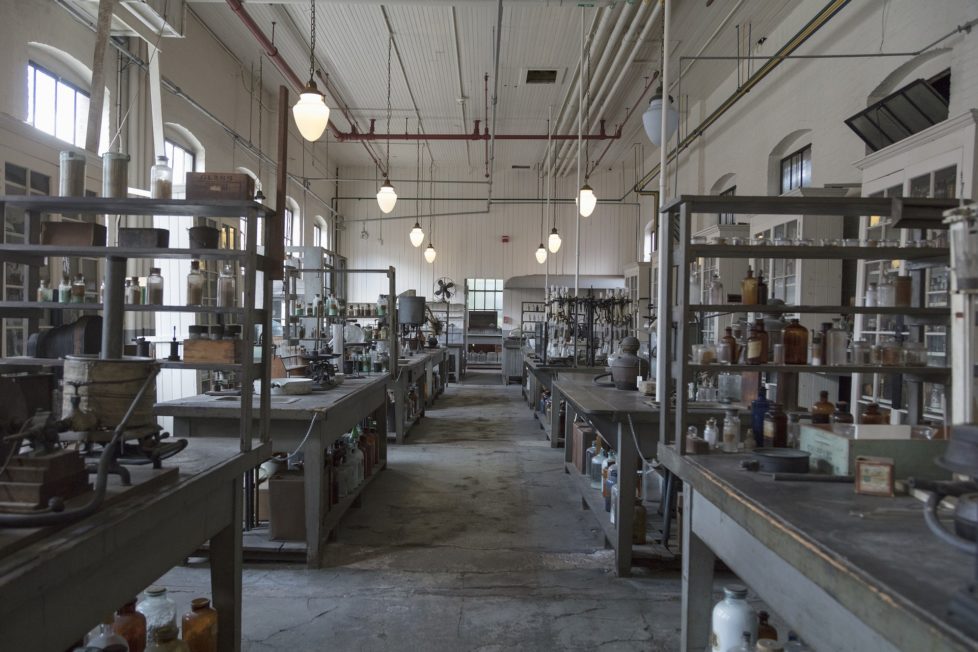How Sodium Cyanide Market Demand is Fueling The Photography Industry




Sodium cyanide (NaCN) is an inorganic compound, a basic salt that is formed from the salt of a weak acid. It is an extremely poisonous gas and can be hydrolyzed easily. The sodium cyanide market demand has been growing rapidly because of its utility in various verticals such as the mining industry, pharmaceuticals industry, pesticide industry, and chemicals industry. Let us dig a little deeper into the sodium cyanide market.
The global sodium cyanide market has been segmented on the basis of type, application, and region. On the basis of type, the market is segmented into solid NaCN and liquid NaCN. Furthermore, the sodium cyanide market is fragmented based on applications and regions of production. In the applications segment, the two major industries that drive the sodium cyanide market are the mining industry and the chemicals industry.
Currently, the mining segment dominates the market revenue and is expected to grow exponentially in the coming few years. Owing to the rapid economic development, the need for a reagent for metallurgical processes like extracting precious metals from ores, sodium cyanide is anticipated to have huge market potential in the future.
The sodium cyanide market suggests that while Europe and Japan majorly use it for the chemical industry; North America, South America, South Africa, China, and Australia use it for the mining industry, particularly for gold extraction.
Some of the global key suppliers for NaCN include Cyanco, DuPont, Tongsuh Petrochemical, Australian Gold Reagents, Orica, Sasol Polymers, etc.
Although the direct application for sodium cyanide is in the mining sector, another crucial industry that relies on it heavily is the chemical industry, that drives its market to a large extent.
One of the emerging industries that use chemicals as their backbone is the photography industry. Here are some insights into the growing market of photographic chemicals across the globe.
An increasing application of replenishers, stabilizers, fixing agents, dying agents, neutralizers, reversing agents and starters in the photographic industry has to lead the global photographic chemicals industry to grow by leaps and bounds.
The industry is currently driven tremendously by the spending power of an average consumer who happens to be an expert in photographic development as well as by large organizations that are investing in print media like hoardings.
Presently, North America is the largest consumer of the global photographic chemicals market. APAC region dominates the production market for the photography chemicals. Additionally, India and China in the APAC region are also projected to contribute a high growth rate for the chemicals demand over the next few years.
Developing economies like Pakistan and Bangladesh have more print media because of less internet access, therefore they also contribute towards the growth of chemical consumption for the photography.
Before learning about the chemicals used in this industry let us quickly understand the processing of a photograph, the importance of a fixer and the chemicals used in it.
Photograph development is a chemical process wherein the photographic paper is treated with a number of chemicals to essentially transform a latent image into a final image that we can see. The final step in the photographic processing is the fixing process where the film is bathed in the fixer to stabilize the image and make it clear.
Some of the commonly used fixers today are ammonium thiosulfate, sodium thiosulfate, and potassium cyanide. Potassium cyanide or KCN works as a photographic fixer in the wet plate collodion process. It makes the image resistant to light by dissolving the remaining silver halide from the developing process.
Sodium cyanide is widely used as a chemical intermediate for producing many chemicals. It is used as a substitute for chemicals like hydrogen cyanide. For example, in many locations where the transportation and storage of hydrogen cyanide are difficult, sodium cyanide is used as a replacement. NaCN is required for the synthesis of hydrogen cyanide which is further used to produce potassium cyanide or KCN.
It would be fair to say that the rise in the sodium cyanide production is directly proportional to the growing demand in the photographic chemical industry. In other words, the countries that are consuming and producing large volumes of photographic chemicals will also be triggering the demand curve for the NaCN market.
In recent years, the NaCN market saw quite a few fluctuations because of the volatile gold prices. However, with the advancements in the printing technologies and the development of infrastructure in the photography industry, the sodium cyanide supply-demand situation is expected to improve in the coming decade.
